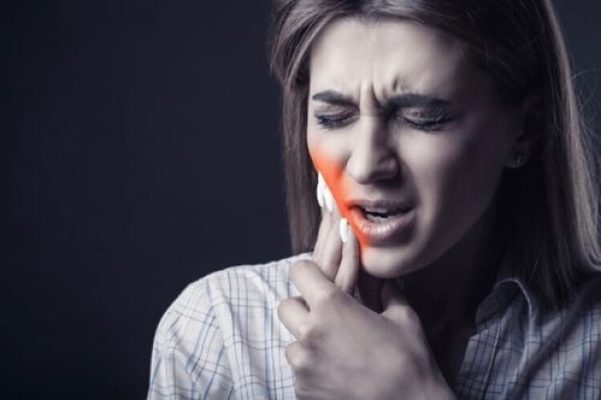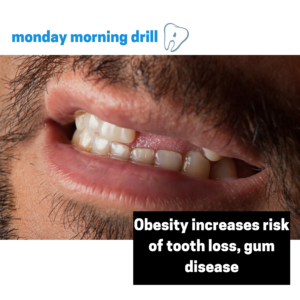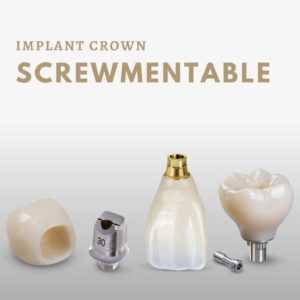Have you ever come up against the dreaded “hot tooth?!”
•
A “hot tooth” generally refers to a tooth with an inflamed pulp, diagnosis of irreversible pulpitis and presents with spontaneous, moderate-to-severe pain. The hot tooth syndrome appears when the chronic inflammation of the pulp progresses into an acute exacerbation (flare up) due to extensive tooth decay, periodontal (gum disease) complications or leaking old filling, etc. So, how do we tackle numbing up a tooth in this situation? Let’s pretend it’s a lower first molar.
•
1️⃣ Patient can be premedicated with non-steroid anti-inflammatory drugs like 800 mg Ibuprofen and a glass of water. Wait ~30 min then administer local anesthesia. This is done to suppress inflammation, but cannot always be completed due to time constraints.
2️⃣ Administer 2% Lidocaine 1:100,000epi as Inferior Alveolar Nerve Block (IANB) and wait ~5 mins. Using an electric pulp tester, or Endo ice confirm the patient is feeling no sensation. If patient is still in pain….
3️⃣ Administer 3% Mepivicaine Plain or 4% Articaine 1:100,000 epi via buccal and lingual infiltration. 3% Mepivicaine Plain has a more basic pH which allows the anesthesia to permeate the membrane more easily especially in situations where the pulp is inflamed/infection is present causing a more acidic environment (making it more difficult for LA to permeate). If the patient is still not experiencing profound anesthesia….
4️⃣ Administer local anesthesia via supplemental PDL injection. Research reported that the supplemental PDL injections were successful ~75% of the time, whereas PDL reinjection boosted success to 96%.
5️⃣ In approximately 5% to 10% of mandibular teeth diagnosed with irreversible pulpitis, supplemental injections do not produce adequate anesthesia, even when repeated. This is a prime indication that an intra-pulpal injection may be necessary, which requires open access to the pulp chamber and requires adequate back pressure. A disadvantage of the intrapulpal injection is its short duration of action (approximately 15–20 minutes).
•
Hope this helps!




